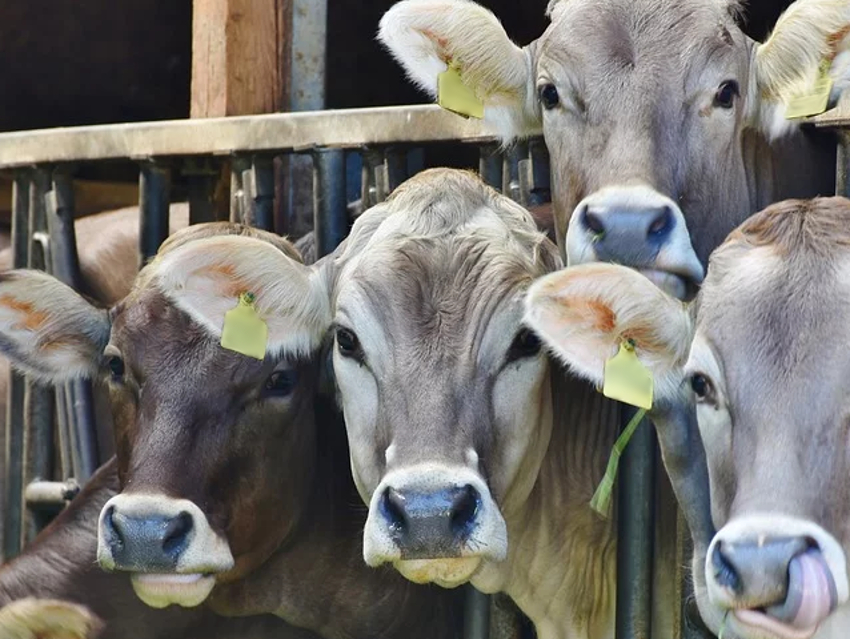Livestock production is a leading cause of water pollution in emerging countries. The wastewater from this industry usually has a high chemical oxygen demand (COD, a measure for the amount of organic compounds in the water). It also includes the remnants of pesticides used in animal treatment, e.g., against flies or parasites. Electrocoagulation is an easy-to-operate and effective method to treat wastewaters of different origins. The wastewater is subjected to a specific voltage, which destabilizes the contaminants. This leads to coagulation and the contaminants either float or form a sediment, so they can be easily separated.
José Pinedo-Hernández, José Marrugo-Negrete, University of Córdoba, Colombia, and Sergi Díez, Institute of Environmental Assessment and Water Research, Barcelona, Spain, have studied the treatment of wastewater produced by bathing cattle with the insecticide cypermethrin. Electrocoagulation was used to reduce the chemical oxygen demand (COD) and remove the cypermethrin (Cyp). The team optimized the operating parameters of the process using a response surface method (RSM), i.e., a statistical method to explore the relationship between several input variables and their result.
The researchers observed that the removal efficiency of both components increases at more acidic pH values. A longer retention time also improves the treatment. Since the applied voltage is the major driving force of the reaction, a higher voltage results in an increased removal rate. The optimized conditions led to removal efficiencies of around 95 % for both Cyp and COD. Due to the high efficiency and low operating costs, electrocoagulation is a promising technology to treat cattle wastewater.
- Removal of Cypermethrin and Chemical Oxygen Demand from Livestock Wastewater by Electrocoagulation,
José Pinedo-Hernández, José Marrugo-Negrete, Sergi Díez,
Chem. Eng. Technol. 2019.
https://doi.org/10.1002/ceat.201800742




